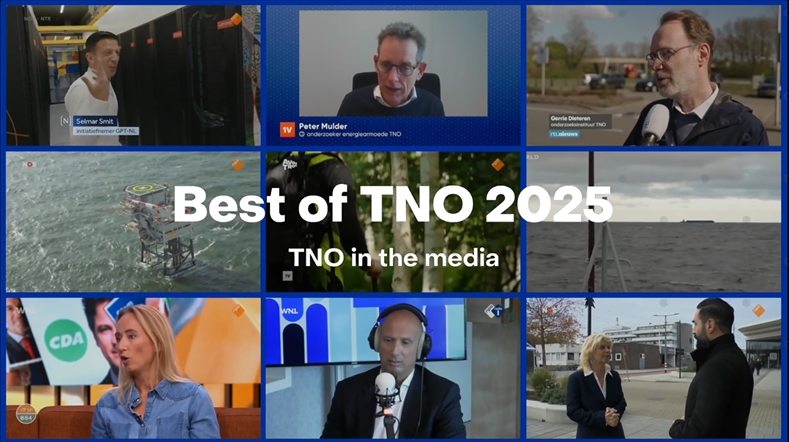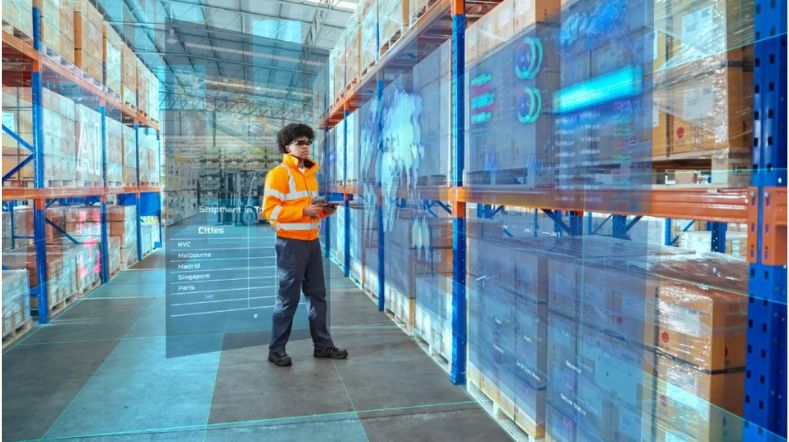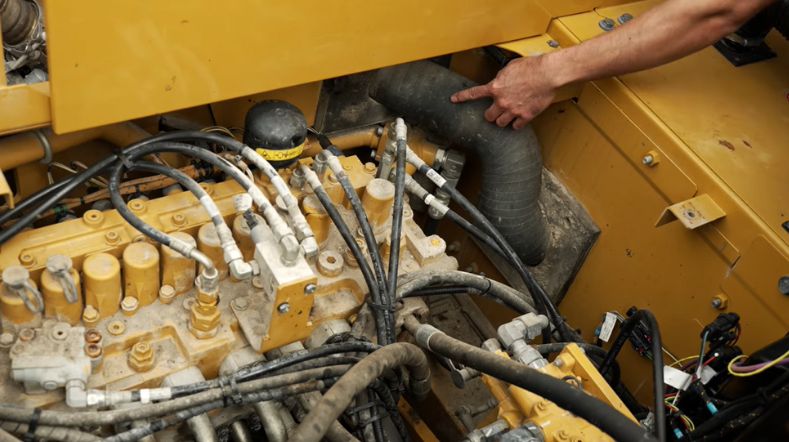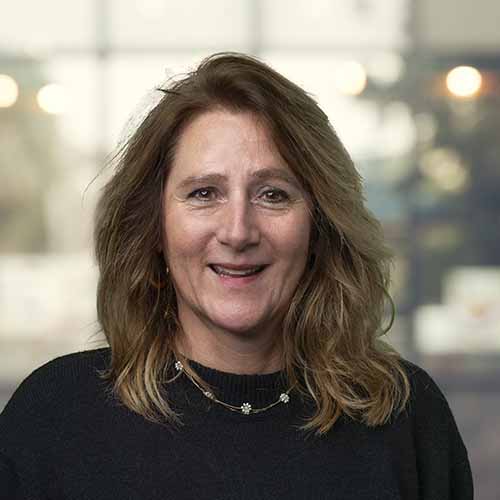Ontdek TNO
Impactvolle innovaties creëren voor duurzaam welzijn en welvaart van de samenleving.
Volg de laatste ontwikkelingen
1193 resultaten, getoond 1 t/m 5
TNO in de media 2025
Om een indruk te geven van wat we dit jaar hebben bereikt, hebben we een kort overzicht samengesteld met enkele media highlights van het afgelopen jaar.


Start van de bouw: Photonic Chip Pilot Line
Deze drie factoren bepalen of jouw AI-project slaagt óf faalt


MedTech-sector lanceert nationaal groeiplan: technologie moet de Nederlandse zorg versterken en de economie structureel laten groeien


TNO en Topsector Logistiek lanceren praktische meetmethode voor mobiele werktuigen


Neem contact met ons op over jouw R&D uitdaging











